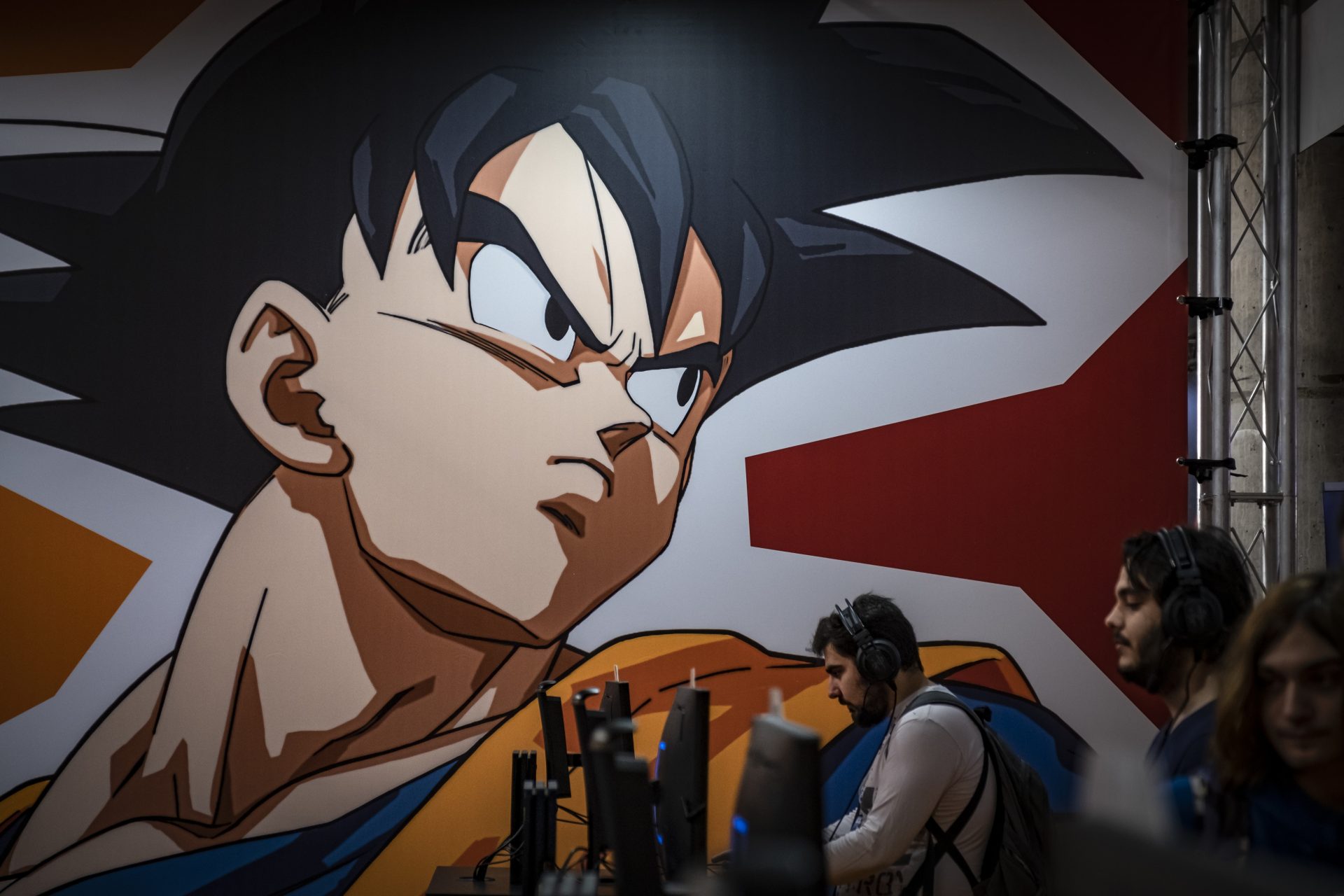Gardening: our tips for protecting your plants from the heat
The high temperatures of summer, combined with our departures for vacation, can damage the health of our beloved plants. Nevertheless, there are several ways to protect our plants as much as possible from the heat and to keep them healthy throughout the season.
With the hot weather, water will evaporate quickly and the soil of your plants may dry out. To retain moisture in the ground longer, there is a very effective trick: mulching. Do you know it?
The technique consists of covering the ground with organic or mineral materials. Wood chips, grass clippings, ferns, gravel, sand, pebbles, or fallen leaves are great natural mulches that will protect your plant soils.
You can also use textile or plastic materials to perform the mulching technique. Fabrics and plastic films are effective in keeping moisture in the soil, although they are not aesthetically pleasing or biodegradable.
Before installing your mulch, make sure the soil is weeded. Water the soil before setting up the mulch, then place your mulch around the plant in a thick layer of at least 6 centimeters / 2 inches). Be careful not to cover the collar of the plant. Once the mulch is spread evenly around your plant, you can water it again.
The mulching technique works for both indoor and outdoor plants. It also applies to vegetable gardens, shrubs, and fruit trees.
But it's not just the mulching technique that keeps your soil cool all summer long. With the heat, your plants require more regular watering than the rest of the year. Water them generously once a day, especially targeting the roots of the plant.
As the ground is cooler at night than in the middle of the day, it is recommended that you water your outdoor plants in the early evening. This will keep your plant soil moist for longer.
Plants generally tolerate high heat very badly, especially during heat waves when the temperature of their roots can rise to more than 40 degrees Celsius (104 Fahrenheit). If you can move them, put them in a shady spot or under a tree during this time of year. You can also place a sunshade above or a shade net above them.
The drip system can be a good solution when you go on vacation and no one is available to come and water your plants. Dripping allows optimal irrigation of the soil, thanks to an automatic water supply installed at the foot of your plant.
Garden centers sell these systems, which will allow you to accurately dose the amount of water for your plant without overflowing it. There are different kinds of systems, at different prices.
While they are sold in stores, you can also manufacture a drip irrigation system at home. To do so, you need an empty, closed plastic bottle of 1.5 liters (a quarter gallon); a wooden toothpick; and glue.
Poke a hole in the bottle with a heated needle, not far from the neck. The hole should be big enough for you to insert a toothpick.
Position the toothpick at a slight angle. Once the toothpick is in, put glue on the hole so that the area is waterproof.
Having stuck and pasted the toothpick into the top of the bottle, make other holes in the back of the bottle so that air can escape from it.
Finally, after the glue has dried, fill the bottle with water, turn it upside down, and bury the neck of the bottle near your plant. The water will reach the soil in low quantities through the inserted toothpick.
To have healthy indoor plants, it is important to keep your home cool. Most plants thrive in temperatures between 15 and 21°C (59 °F / 69 °F).
Giving baths to your houseplants is a technique that is beneficial to them, and even more so in the summer. As such, the roots can hydrate and nourish the plant from the inside. If you are going on vacation, give your plants a bath the day before you leave and then again when you return.
Place your plant in a layer of water in your sink, washbasin, or bathtub. Make sure you don't completely immerse its soil. Leave your plant there for a few hours, until its soil is moist.
Misting your houseplants is necessary not only to hydrate them but also to dust them off. While this must be done throughout the year, its frequency should increase in summer. Mist the stems and leaves of your plant several times a week during the summer season.
Some plants do not fear the heat. On the contrary, they love the sun! You can therefore adapt your plants to the temperatures of the place where you live!
The palm tree, while easy to maintain, will give a tropical touch to your garden. And it's not the only plant that has no fear of the heat!
This small shrub is a real pleasure to maintain. It adapts to all environments and fears neither heat nor sunshine. Keep in mind, though, that lavender does not like excess water. It does love hot climates and will easily survive your summer vacation.
Oleander is a plant that blooms between May and October. It flourishes fully in a warm, sunny climate, in well-drained soil. Conversely, it hates the cold and fears the winter frost.
A tropical plant, jasmine loves summer and is resistant to high temperatures and heat waves. Nevertheless, during this season it requires well-drained soil and generous watering.
Unlike other aromatic plants, rosemary resists heat very well. It acclimatizes to both winter and summer and does not fear high temperatures or sunshine. Rosemary flourishes best in a sunny area and dry land. In short, this plant is very easy to maintain!



































